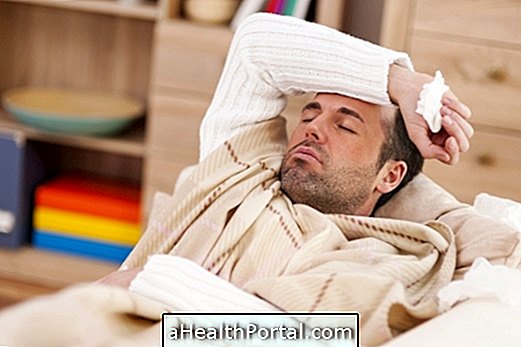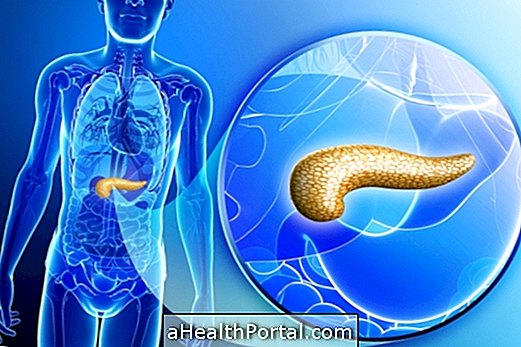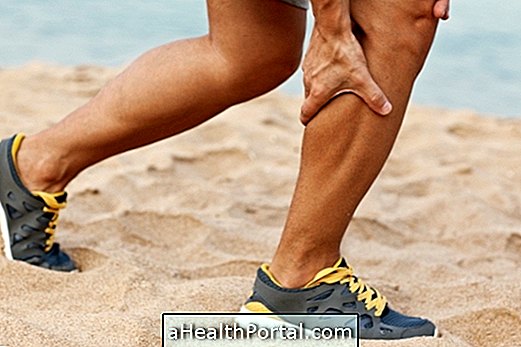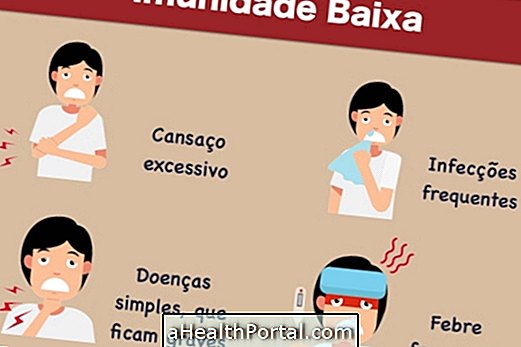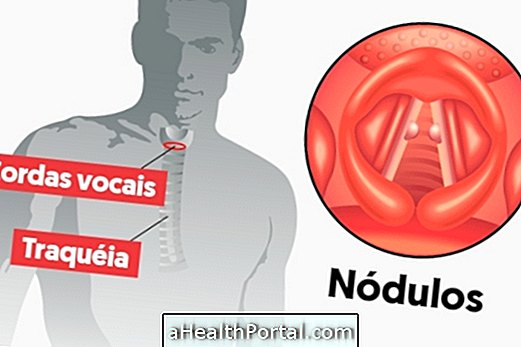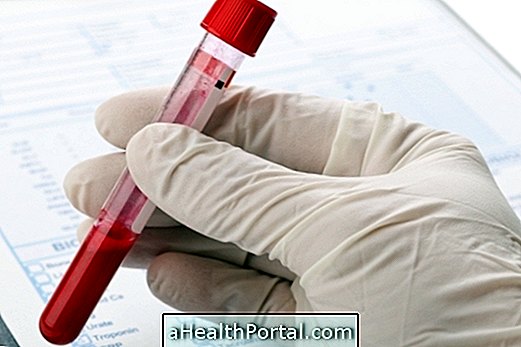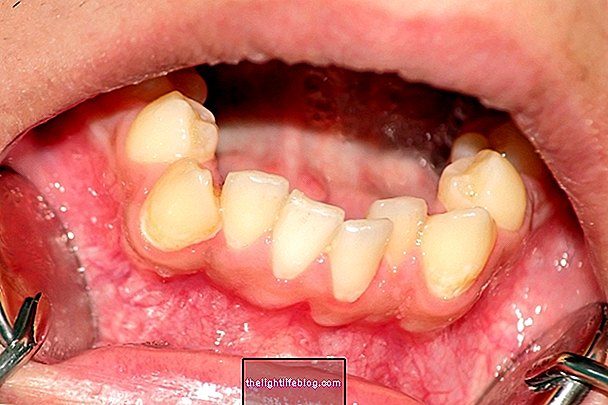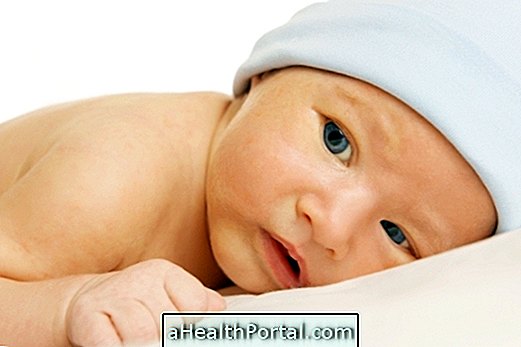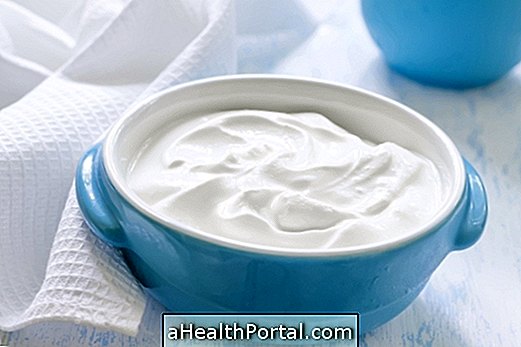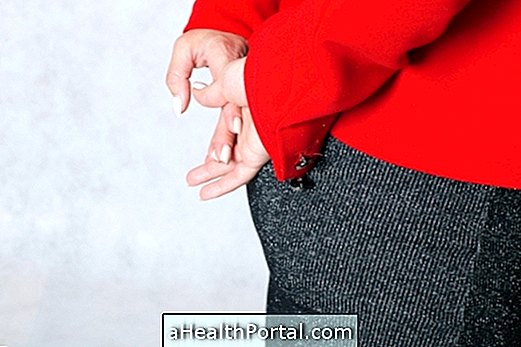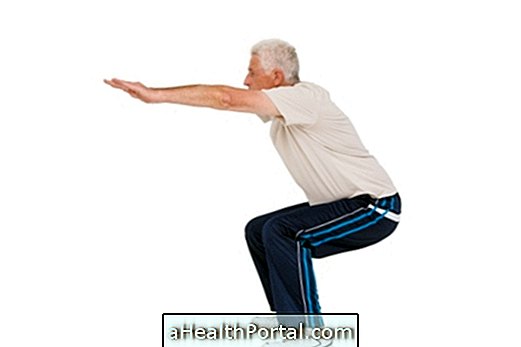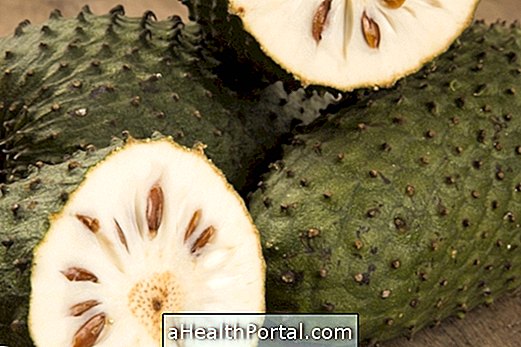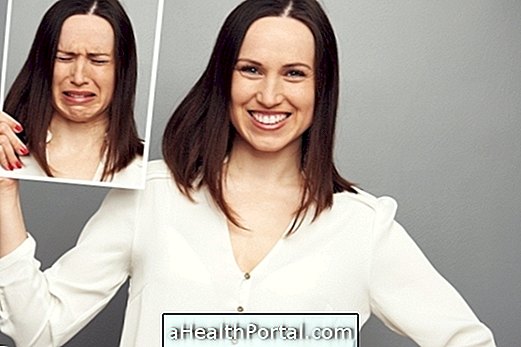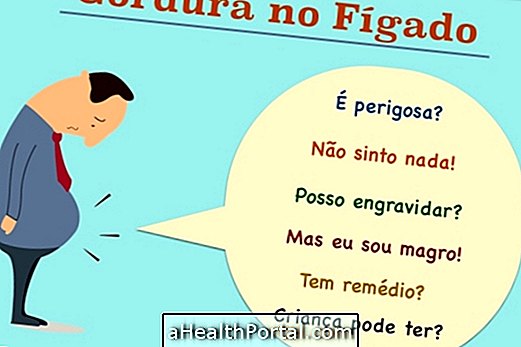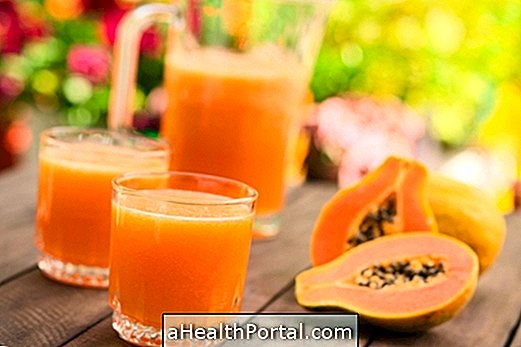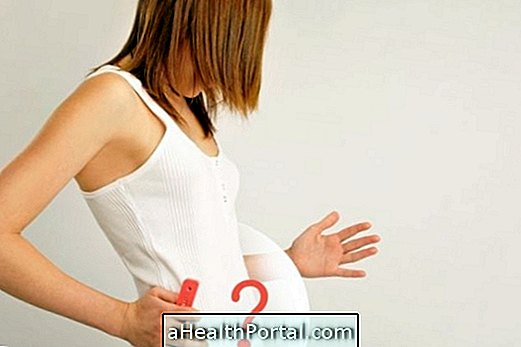Low blood pressure, or hypotension, can be identified by some symptoms, such as dizziness, feeling faint and vision changes, such as blurred or blurred vision, for example. However, the best way to make sure the pressure is low is by measuring your blood pressure at home or at a pharmacy.
Low blood pressure is usually indicative that there is not enough blood flowing from the brain to the organs, resulting in the symptoms. It can be said that the pressure is low when there are values equal or less than 90 x 60 mmHg, popularly called 9 by 6. To increase the pressure slightly, decreasing the discomfort can lie down with the legs elevated or have a coffee with sugar or a juice, for example. Know what to eat when the pressure is low.
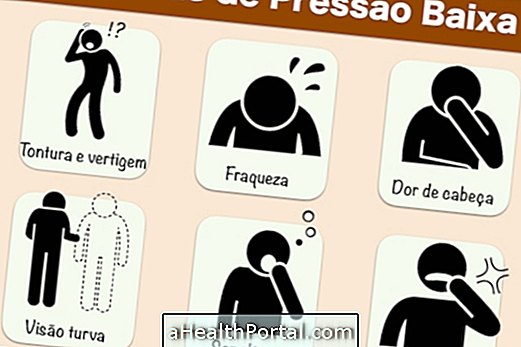
Main symptoms of low blood pressure
The main symptoms of low blood pressure include:
- Dizziness and vertigo;
- Lack of energy and weakness in muscles;
- Feeling of fainting;
- Breathing breath;
- Headache;
- Heavy head and feeling of emptiness;
- Pallor;
- Dry mouth;
- Somnolence;
- Nipple;
- Blurred or blurred vision.
In addition, it is common to feel fatigue, difficulty concentrating and feeling cold, and in most cases several symptoms appear at the same time. These signs arise because oxygen and nutrients are not distributed satisfactorily to the cells of the body.
What to do when the pressure is low
Treatment for low blood pressure varies with the cause and to help decrease the discomfort caused by hypotension is due to:
- Sit with your head in the middle of your legs or lie down with your legs raised, your feet higher than your heart and head, in a cool, airy place to avoid fainting;
- Loosen the clothes to breathe better;
- Take small sips of salt water and drink 1 coffee;
- Drink 1 orange juice and tomato that is rich in potassium and helps increase the pressure. Learn how to prepare this juice to increase low blood pressure.
In addition, excessive sun exposure should be avoided and between 11am and 4pm and places with high humidity.
When low blood pressure occurs daily, pressure socks can be worn because hypotension can occur due to accumulation of blood in the legs. In addition, when orthostatic hypotension occurs due to rest in bed, one should sit for 2 minutes in bed before getting up.

Low Pregnancy Symptoms
Low blood pressure is common mainly in early pregnancy, however it can cause great discomfort for the woman and put the baby at risk due to the symptoms which are usually:
- Feeling of weakness, which can result in falling;
- Blurry vision;
- Dizziness;
- Headache;
- Feeling of fainting.
If low-pressure symptoms are frequent during pregnancy, it is important that the woman consult her obstetrician so that the best treatment can be recommended to relieve and avoid the symptoms. Here are the possible risks of low pregnancy pressure and how to avoid it.
What can cause
Generally, blood pressure drops due to decreased blood supply, especially when it is very hot, as blood vessels dilate and increase perspiration, decreasing the concentration of fluids in the body.
Low blood pressure may also be a side effect of some drugs such as diuretics, antidepressants, weight-loss drugs or antihypertensives, and the higher the dose, the greater the risk of having low blood pressure, and may result in prolonged fasting or vitamin B12 deficiency .
In addition, getting too much time lying down, especially at night or during the postoperative period of surgery can also lower blood pressure, causing postural hypotension, also known as orthostatic hypotension, which is when you get up suddenly and the feeling of fainting occurs . Learn more about the causes of low blood pressure.
When to go to the doctor
It is essential to go to the emergency room or the hospital when the pressure remains low for more than 15 minutes and does not improve with recommendations.
In addition, if you have these symptoms more than twice a month, you should go to the doctor to find out the cause of the problem, as it may be necessary to take medicines like ephedrine, phenylephrine or fludrocortisone, for example. Here's how to identify and treat low blood pressure.
Here's how to properly measure pressure in:

Another common problem that needs treatment is high blood pressure. Learn how to identify high blood pressure.
